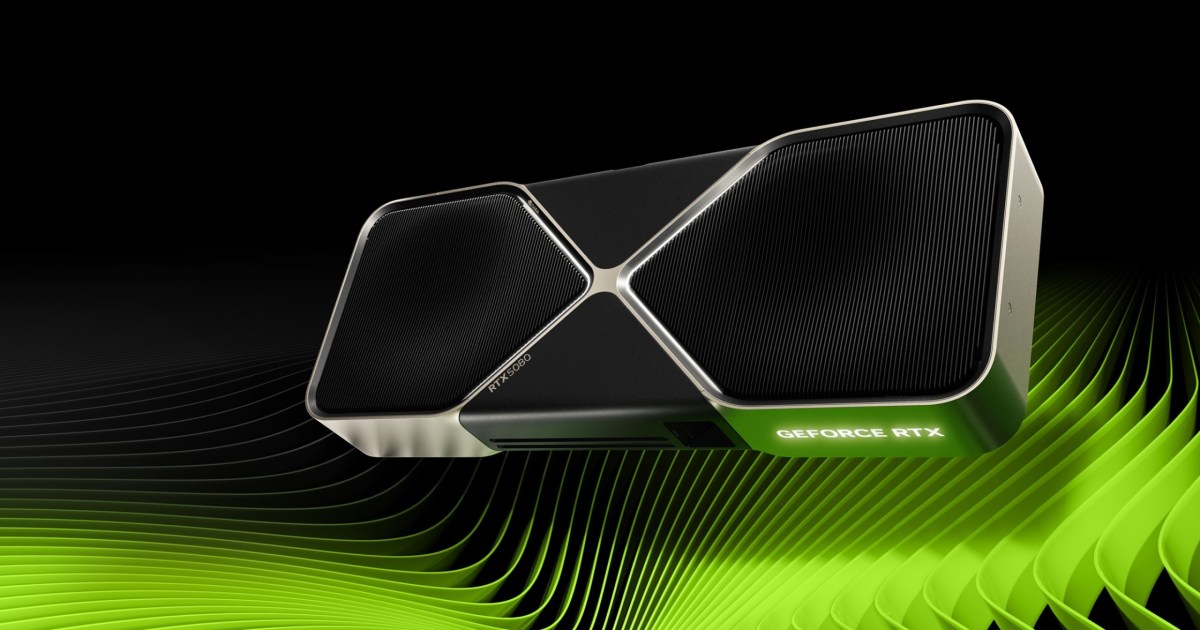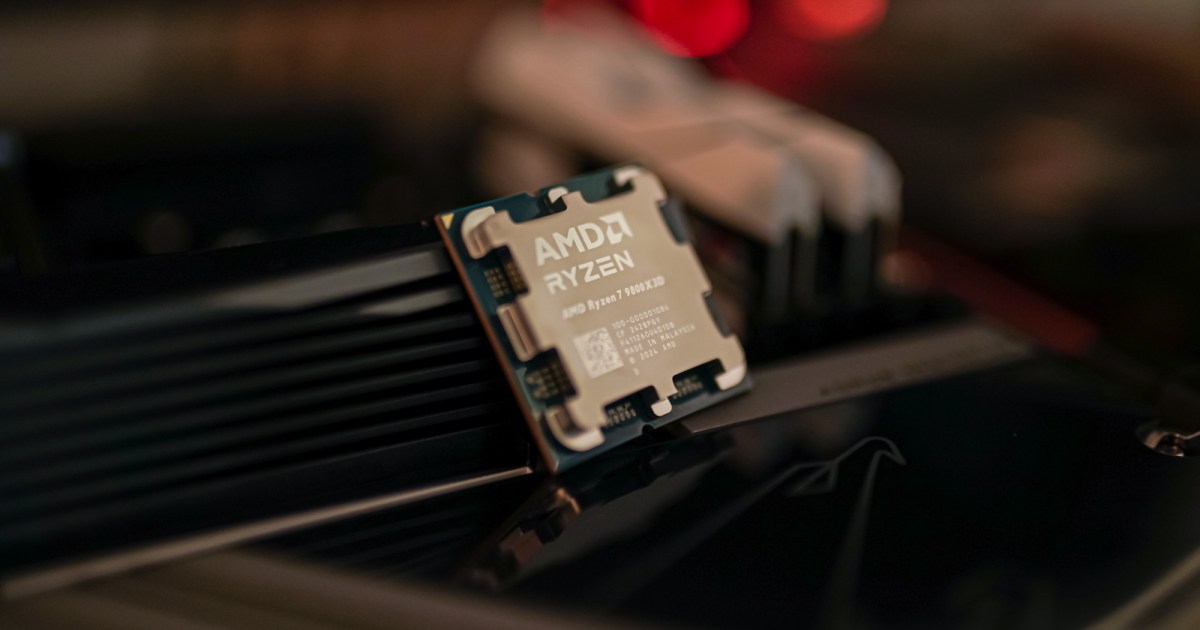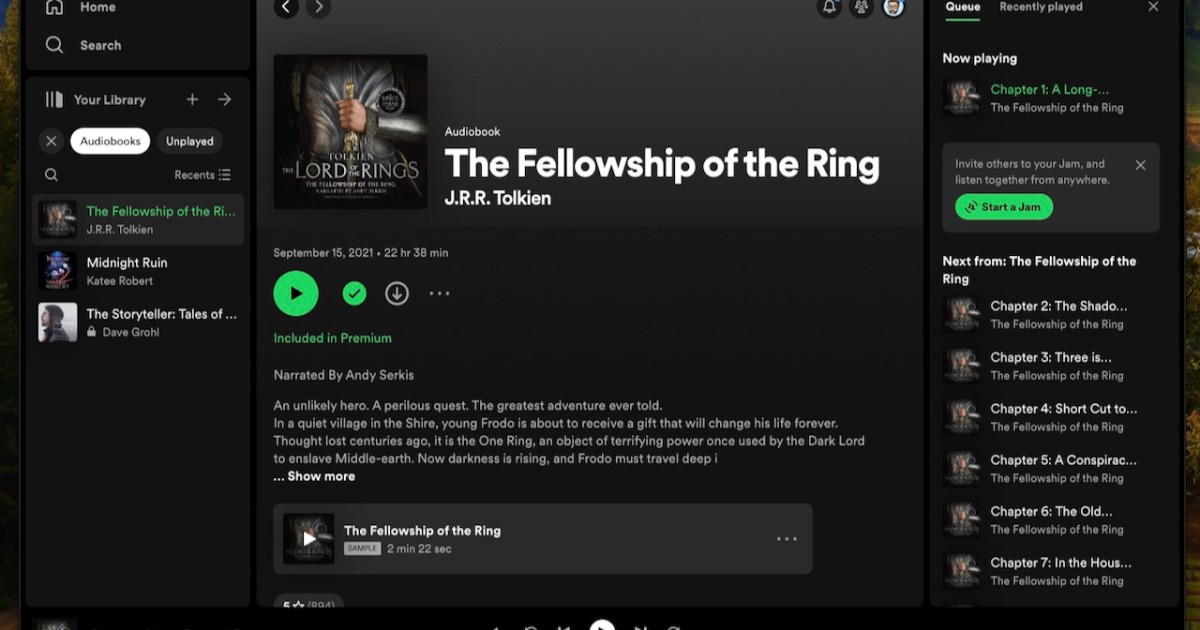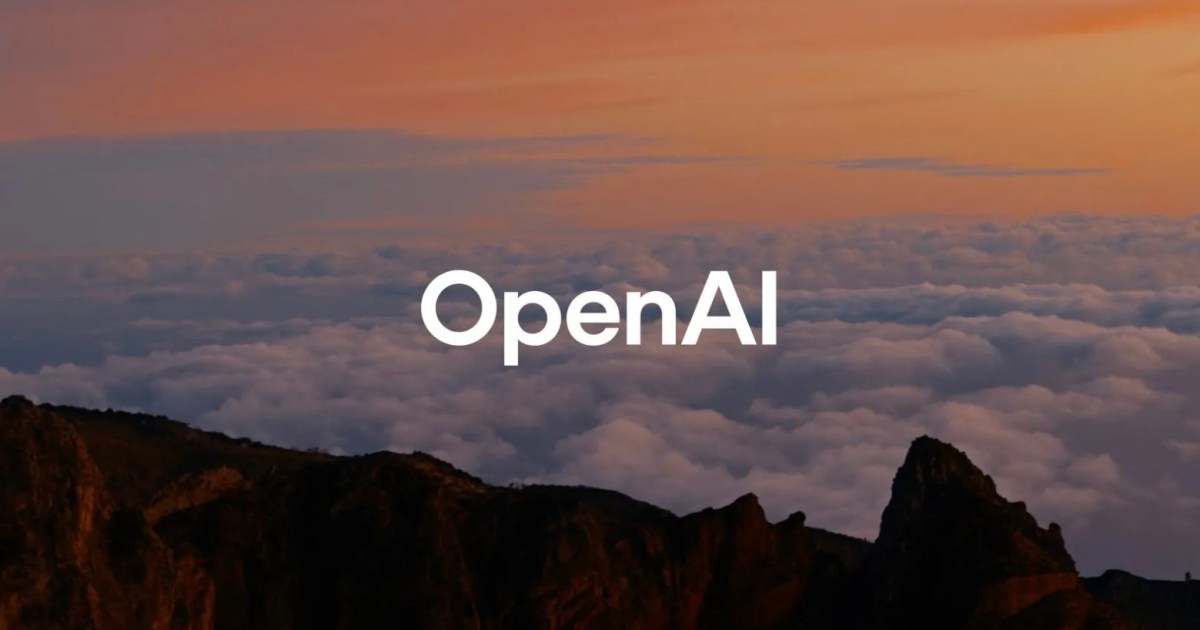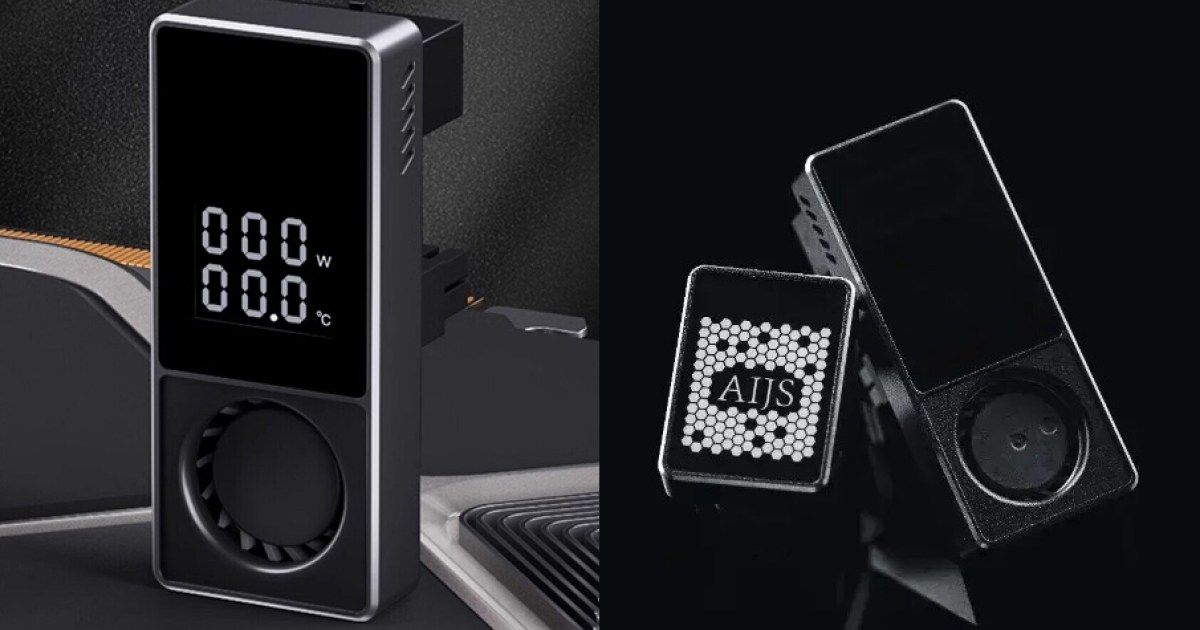Nvidia has officially ended support for its 32-bit PhysX physics simulation technology, leaving some gamers who enjoy classic titles in a difficult position. This quiet removal of the legacy SDK affects games that rely on PhysX for enhanced visual effects like cloth simulation, shattering glass, fluid dynamics, and various particle effects.
PhysX was a prominent feature in many popular games from the 2000s and early 2010s, including titles like the Batman Arkham trilogy, Borderlands 2, Borderlands: The Pre-Sequel, Metro 2033, Metro: Last Light, Metro: Exodus, Mirror’s Edge, The Witcher 3, and several older Assassin’s Creed games. These games leveraged PhysX to create more realistic and immersive environments.
The Decline of PhysX
Despite its earlier popularity, PhysX began to fall out of favor as Nvidia shifted its focus to newer GPU technologies, culminating in the RTX 50 series. One key factor contributing to PhysX’s decline was its lack of compatibility with other GPUs, consoles, and smartphones, as highlighted by Tom’s Hardware. This limited its adoption and made it less appealing for developers seeking broader hardware support. The shift towards more universal physics engines further marginalized PhysX.
Gamer Reactions and Workarounds
The end of PhysX support hasn’t gone unnoticed by the gaming community. Redditors, as reported by The Verge, have expressed their disappointment, sharing their experiences with performance issues in PhysX-dependent games on newer hardware. One user reported significant frame rate drops in Borderlands 2, even with a high-end system featuring an RTX 5090 and an AMD Ryzen 7 9800X3D. In contrast, the same game reportedly ran smoothly at 120fps with an RTX 4090.
For those dedicated to playing these older titles, Tom’s Hardware suggests a workaround. Users with RTX 50 series GPUs and beyond can maintain PhysX functionality by installing an older graphics card (RTX 40 series or earlier) alongside their newer GPU. They can then designate the older card to handle PhysX processing within the Nvidia control panel.
The Future of Game Physics
While the end of 32-bit PhysX support marks the end of an era, it also highlights the evolution of game physics. Modern game engines often incorporate built-in physics engines or utilize more widely supported solutions. This ensures broader compatibility across various hardware platforms and simplifies development for game creators.
The phasing out of PhysX emphasizes the constant technological advancements in the gaming industry and the challenges of maintaining legacy technologies. While dedicated fans can explore workarounds to continue enjoying their favorite PhysX-enhanced games, the focus has clearly shifted towards newer, more versatile solutions for simulating realistic physics in games.



